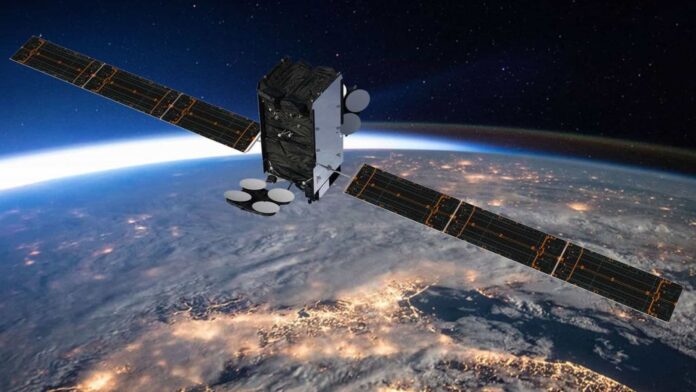CAPE CANAVERAL: Kacific Broadband Satellites International Limited (Kacific) has launched the Kacific1 satellite to expand high-speed broadband internet access across Asia and the Pacific. The Asian Development Bank (ADB) provided $50 million in financing to Kacific for the satellite to deliver internet that will enable better education and health services, improve access to information, and drive more trade and connectivity between countries.
Kacific1, launched by SpaceX’s Falcon 9 rocket from Cape Canaveral, Florida, will orbit in the same location above Asia and the Pacific region during its estimated 15-year service life. The satellite will be able to deliver the most powerful signal ever achieved by a commercial satellite in the region, providing affordable broadband access to people in remote regions, many of whom have never had internet connectivity before.
Remote and rural communities are typically beyond the reach of traditional fiber optics as terrestrial distribution and infrastructure takes time to build and is expensive. Kacific1 will cover these communities in Pacific island nations and in archipelagic countries like Indonesia and the Philippines. The satellite will also have beams over South Asia, New Zealand, and Papua New Guinea.
“Satellite internet services, like those that will be provided by Kacific1, are very effective in reaching the last mile of internet access, connecting remote areas that would otherwise remain isolated and lacking crucial services that can improve livelihoods and incomes,” said Infrastructure Finance Division Director for Southeast Asia, East Asia, and the Pacific at ADB’s Private Sector Operations Department Mr. Jackie B. Surtani. “Information and communications connectivity are powerful tools in fighting poverty through better education, health care, and disaster resilience. ADB sees these innovative technologies as vital channels bringing inclusive development to the most remote corners of our region.”
Access to broadband internet can accelerate progress towards realizing the Sustainable Development Goals. It also helps ADB to meet operational priorities such as human development and social inclusion, improved education, better health access, gender equality, and food security. This project can assist in climate adaptation and disaster resilience as well as climate-smart agricultural practices.




